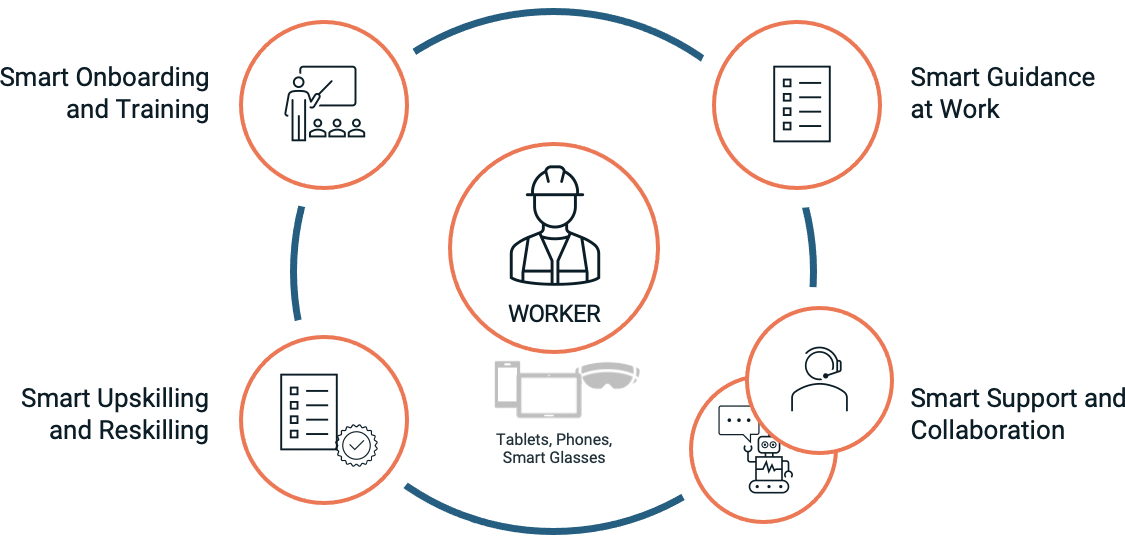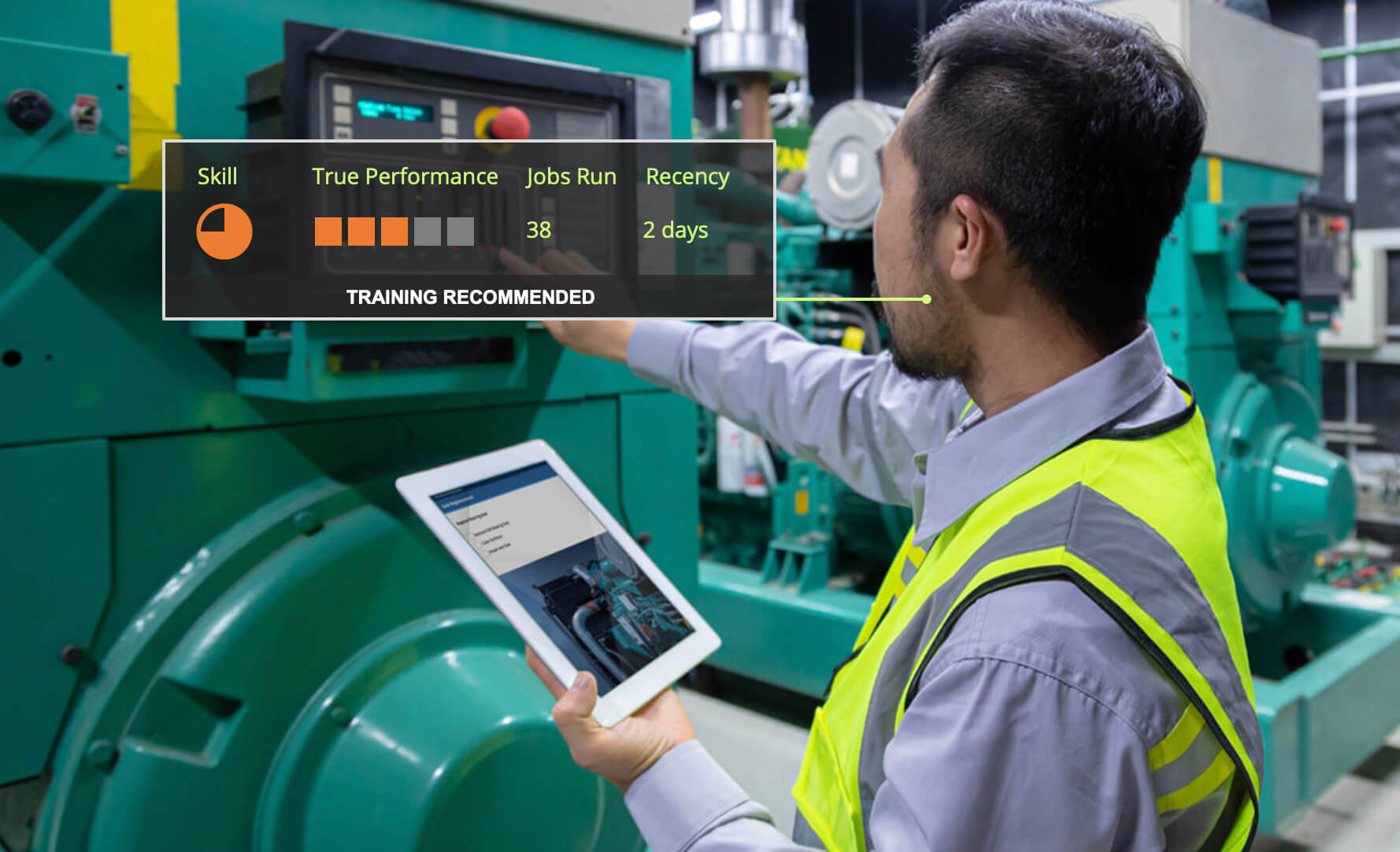Augmentir’s take on the trending Workforce Institute’s staggering survey numbers.
Do you remember when offshoring–the outsourcing of production internationally–was once considered the “gold standard” for manufacturers because of reduced costs? Funny how things change. We can partly thank the global pandemic for this. Reshoring, also referred to as ‘onshoring’, in manufacturing is now the way to go–the apparent panacea to supply chain disruptions and a healthier economy. This should have manufacturers cheering and dancing in the streets, right? Not so fast. We’ve also got a massive labor shortage to deal with. But don’t fret. There are solutions to be found, and they happen to exist in software tools already being embraced by organizations on their journey to digital transformation.
The perks and pressures of onshoring in manufacturing
If your organization isn’t already thinking about onshoring its operations, maybe you should be. Onshoring in manufacturing means greater resiliency, agility, and sustainability by shortening the distances between process and delivery. Less travel means reduced emissions and adherence to ESG standards. Reshoring addresses issues associated with shipping costs, lead times, and new regulations. Working in familiar markets can help identify supply and demand trends more accurately. National employment rates are likely to increase when hiring residents and working with other domestic business partners.
But labor shortages and the variability of today’s workforce have not made reshoring an easy shift. So while there is tremendous opportunity to bring production home, the lack of affordable and skilled labor is having a tremendous impact on our domestic production capacity.
Here’s how you make onshoring work for you. First, stop thinking the old way of recruiting, training, and retaining workers will still work today.
Work with what you’ve got
What’s wrong with training today? Yes, training programs can help improve worker knowledge and skills development. But only if they are meeting the unique needs of individual workers with content-rich, high-impact learning and hands-on training programs. Forget those standard training programs–they are useless in the face of the variable workforce we have available today. The workers you can find are showing up with a mixed bag of experience and skills. That doesn’t have to be a disadvantage anymore. Because there is a smarter way to train and optimize the skills of each of those workers to meet productivity goals individually and fulfill the potential for your organization’s production capacity.
Smart digitization is the ticket to effective onboarding, training, and more–from hire to retire
“The secret of change is to focus all your energy not on fighting the old, but on building the new.” – Socrates
This new era of workforce instability is forcing manufacturers to change. It’s forcing them to turn to digital technology and look at smarter ways to hire, onboard, train, and retain their workers. At Augmentir, we call this Smart Digitization.
What do we mean by ‘smart’ digitization? Smart digitization involves adopting modern, digital tools, mobile technology, and supporting workers throughout their entire lifecycle.
Modern connected worker tools are at the core of the solution that supports workers throughout their employment, from training to troubleshooting in real-time to ongoing learning and development. If you look at the entire employee lifecycle, this means:
- Using software tools to digitize and automate onboarding and skills tracking to help get workers operational faster, regardless of their skill and experience.
- Once on the job, digitizing and personalizing work instructions based on the individual needs of the worker – whether they are a novice worker or an expert.
- Proving instant access to support, within the flow of work.
- And finally, using an AI-based system to analyze how workers are performing on the job, and intelligently targeting upskilling and reskilling based on actual work performance.
Workers have access to a suite of digital tools and knowledge resources at their fingertips – digital work instructions, collaboration, and support tools to guide them on the job and quickly problem-solve complex tasks, allowing them to do their personal best.
For employers, this means not only more engaged and collaborative workers, it also means deeper insights into work performance that can help drive continuous improvement efforts.
AI-based smart insights intelligently optimize workers’ performance by identifying and tracking their skills in real-time. Smart insights pull from these performance metrics and learn to prompt workers who need new training programs or work opportunities, continuously upskilling and reskilling.
It’s the advanced medicine needed to maximize productivity and operational health.
So as you plan to bring more of your production back home, make sure you’re ready to seize the opportunity and address the challenges of a restricted labor market at the same time.


